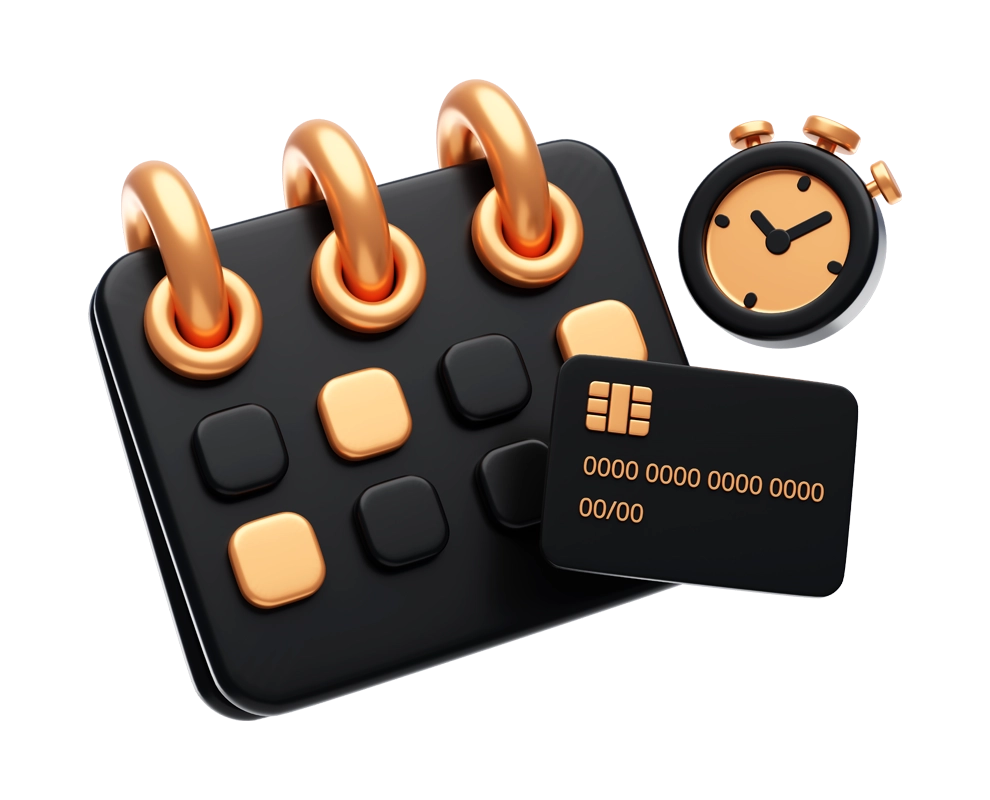
Table of Content
EDI in retail industry typically shows up across three stages:
Procurement:
Shipping :
Once an order is confirmed, the focus shifts to timely delivery. EDI for retail industry gives real-time visibility and intelligence that lists what’s in each carton or pallet and how it’s labeled. With all the information being laid down well in advance, the retailers can book dock space, schedule labor, and know when the shipment arrives.
Where freight is managed by the retailer, EDI shares routing requests and instructions, aligning teams on carrier and pickup. This advance ship notice (ASN) provides the buyer with information too as where his package is, when it will be delivered, by whom, and more. ASN plays a critical role for retailers to relieve excess stock and reduce check-in time.
Invoicing:
At closeout, the supplier issues an EDI invoice that matches the original order and the shipment details. The EDI document includes PO/invoice IDs, ship date, payment terms, and shipment notice for quick sign-off.
It also flags discrepancies like missing items or unexpected charges. When payment is issued, a remittance message specifies which invoices were paid and how any deductions were applied.
Benefits of EDI in the Retail Industry
1. Shorter transaction times
Forget paper workflows. EDI retail transmits orders and ship notices and processes invoices in seconds, far faster than traditional methods. Invoices sync to your accounting software for rapid match-and-approve, speeding supplier payment and month-end close.
2. Fewer errors, avoid delays, and save costs
Manual keying is prone to typos, mismatched SKUs, and missed fields that ripple into shipment delays and chargebacks. This entire process if not done correctly can cause delays in shipment and disrupt the entire supply chain. EDI validates required fields upfront, reduces all these massive errors, improves operational efficiency and saves thousands of dollars.
3. Lower operating cost
Automating routine documents reduces paper, postage, scanning, and data-entry labor. Teams can focus more on strategic tasks and spend less time rectifying errors. They can indulge proactively in value-add work like vendor performance and category growth.
4. Better inventory accuracy and replenishment
5. Simplify order management
Stream real-time EDI order data directly from suppliers for instant visibility. Know who can ship in full and on time so you can commit inventory, promise delivery dates, and act with confidence. This way you keep customer promises with the data you can trust. EDI in retail industry centralizes order status from every supplier so you know what’s confirmed, what’s partial, and what’s running late.
Turn EDI into Advantage
EDI remains the backbone of an agile, connected supply chain and is even more effective when tightly embedded with your ERP, WMS, TMS, and commerce systems. With EDI retail solutions, retailers gain a flexible, scalable integration layer that meets diverse partner requirements while adapting to new business models like marketplaces, drop-ship, and rapid replenishment.
When EDI is embedded into your ecosystem, it becomes the retail control layer: every order, shipment, and invoice flows as structured, validated data that your teams can trust.
How Korcomptenz Can Help
At Korcomptenz, we help retail brands turn EDI from a compliance chore into a growth lever. Our EDI consultants analyze your workflows, rationalize partner requirements, and build a blueprint that ties EDI into ERP, WMS, TMS, POS, and ecommerce. The outcome is tangible: less manual reliance, faster order-to-cash, higher OTIF and fill rates.
So, if you’re ready to turn Retail EDI into a competitive advantage, Korcomptenz can get you there.

Share this article
Use AI to summarize this article




